Dr. Phil Maffetone has been dubbed one of the top 20 most influential people in endurance sports.
We sit down with Dr. Maffetone to discuss his book, “The Big Book of Endurance Training and Racing” – 509 pages of endurance training methods that have helped countless athletes perform at their highest level.
- Make sure to visit Dr. Maffetone’s web site for a gold mine of information.
- We mentioned the 5-Minute Power Break (respiratory bio-feedback) on the podcast. Check out a 6:19 video.
- Calculate Your Own Maximum Aerobic Training Heart Rate
- Closing Song: “Touch, Peel and Stand” by Days of New
You can find us on iTunes or listen by using the player below.

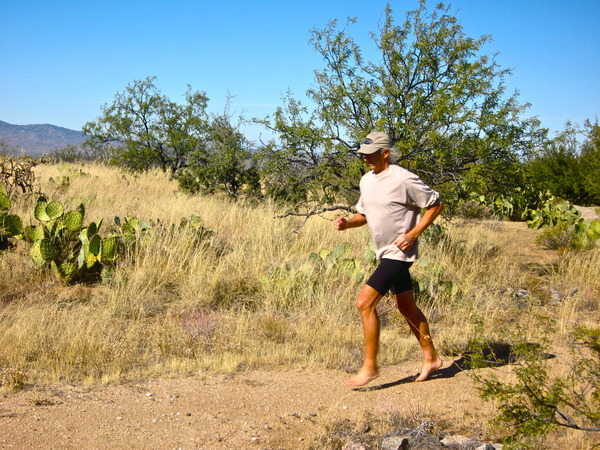
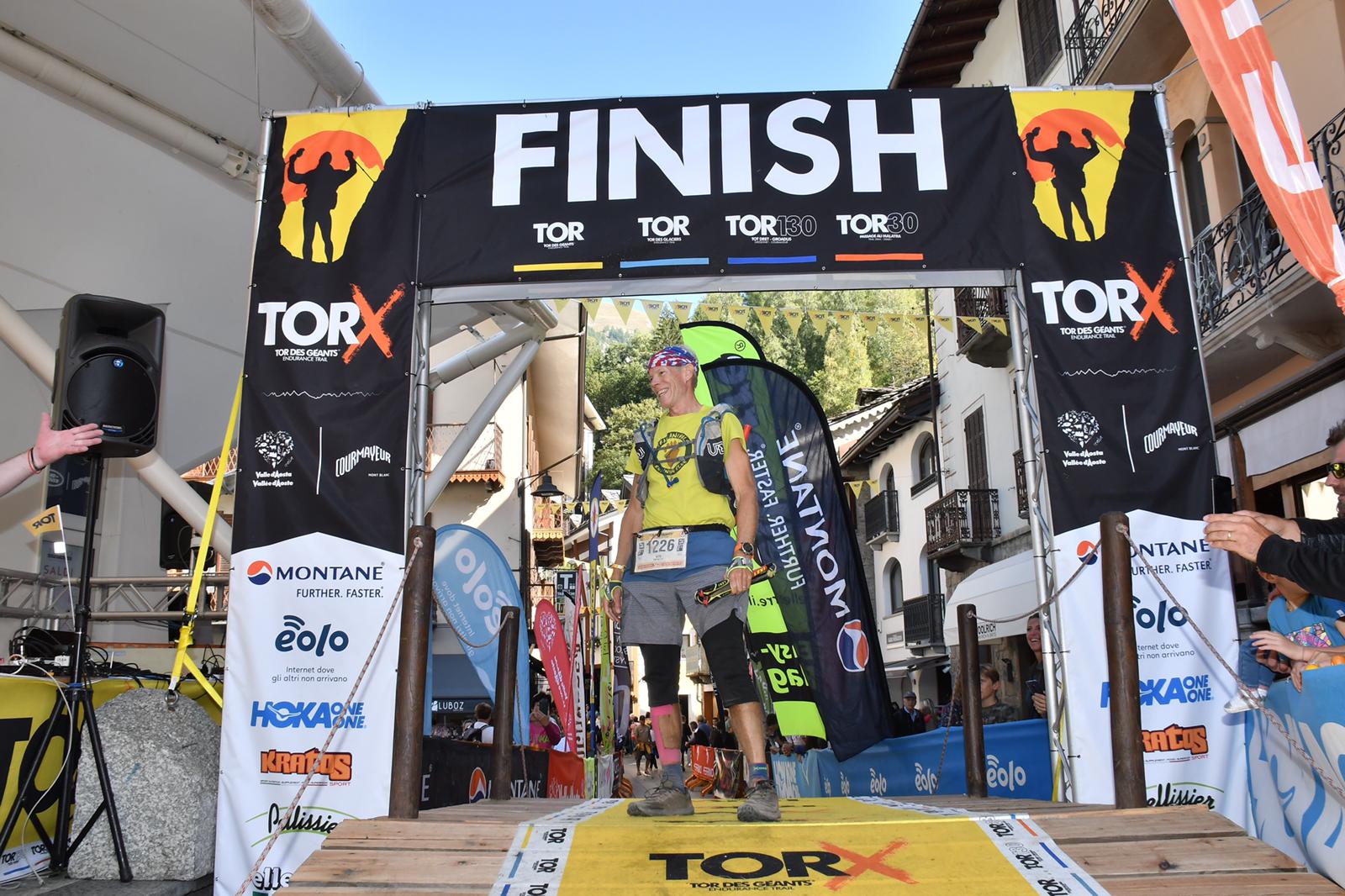
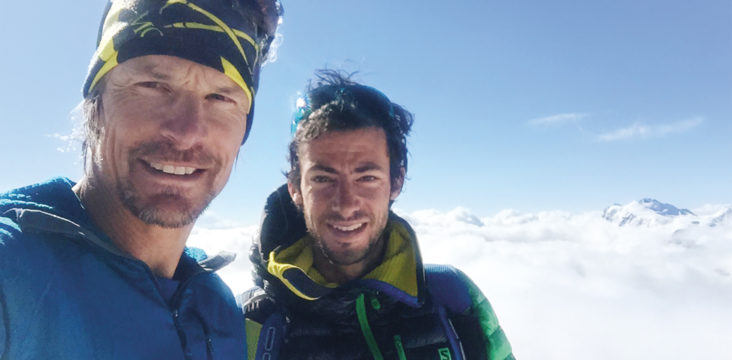
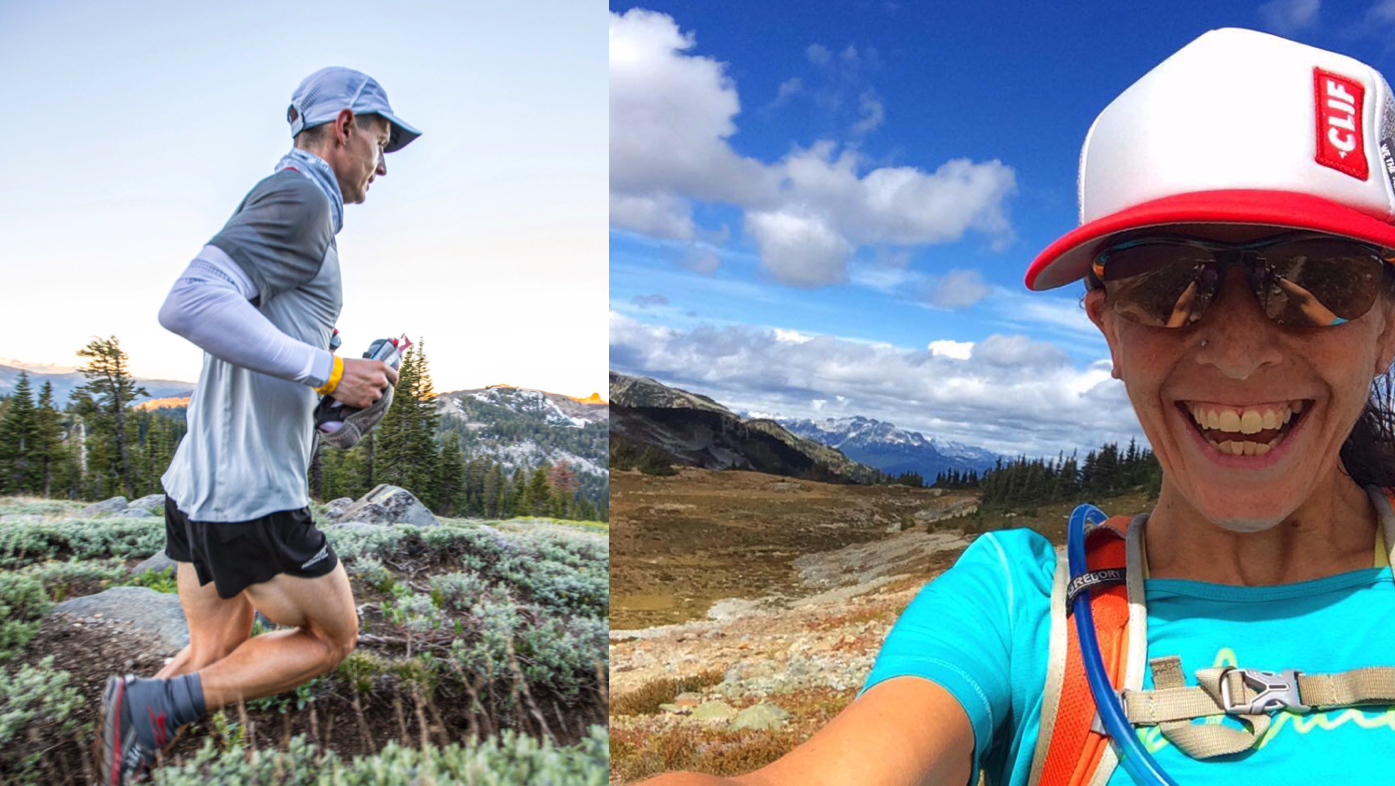


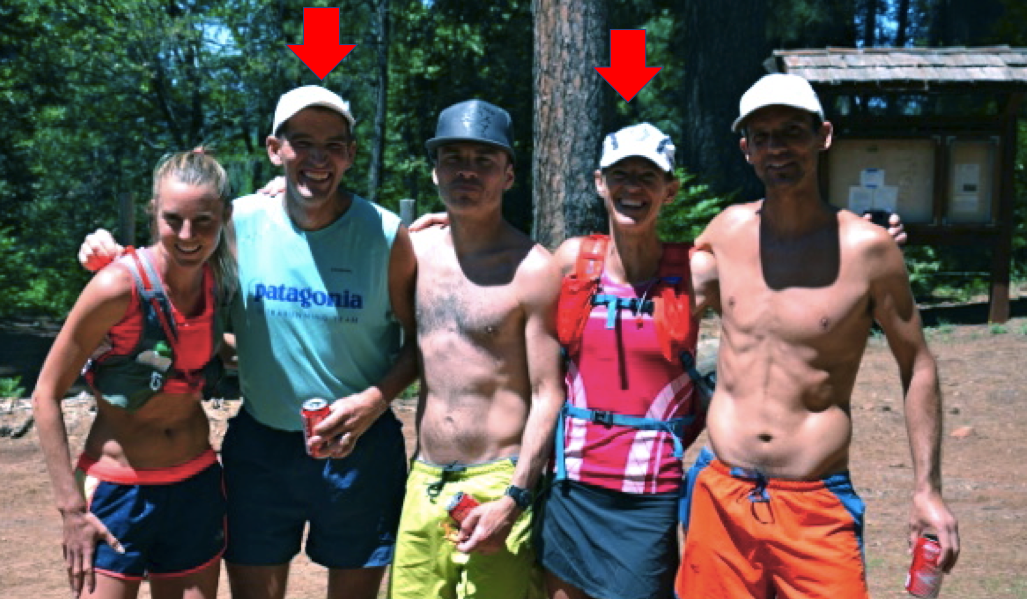
This is the guy that puts the whole puzzle together. Listen to him and become a healthier and better athlete! Thanks Scott and Don for a great podcast.
In an earlier podcast from sept you asked for a rule of thumb finding the maximum aerobic training heartrate, or target rate, without all the calculation and formulas. Running with a friend, talking with ease i a good one. Well, I run alone almost all my runs (I think many of us do) and there aren’t many to talk to. I found out that an easily applied procedure is put the earbuds in and call a friend on the phone after a couple of miles. Try to have a conversation without a problem. Soon you will find it.
If I do the 180 – age and the other factors, I end up needing to do my runs at a pace barley faster than a walk in order to keep the heart rate down. I am 42 and have a high resting (82) and working heart rate (max 207). My doctors have told me that my heart is healthy and in good shape, it just revs high. What can or should I do to rework the plan for me?
Jason- I, too, have a very high exercise HR. I typically average a nice comfortable (talking with a friend) pace at around 168 BPM (I can easily get to 180-190 and maintain for a while). My 180 formula says I should be training at 135! I asked Dr. Phil about this. He explained that some of us that did anaerobic sports early in life (mine was football and downhill skiing) trained our bodies to develop a better anaerobic system. He said it is no reflection of our fitness level. I am going to experiment and see if slowing down will help me build my aerobic system so I can gradually run faster at alert HR.
Thats interesting, its a big step between 168 and 135. Did Dr. Phil suggest 135 for you? And that a well developed anaerobic system is not the same as high fitness level.
I got the 135 BPM by using the Dr. Phil’s 180 formula: https://philmaffetone.com/180formula.cfm
He confirmed (whew) that one can still be at a high fitness level with a high HR. When I am in good shape, even though my HR is high when training, my HR recovers quickly and my resting HR is low. I infer from talking with Dr. Phil that it will just take time for my anerobic system to develop. I am setting a goal, as much as it pains me, to train below that 135 BPM and see if it works.
Scott – My experience is similar. As a kid I played hockey and football. After listening to the podcast I bought the book, got a heart rate monitor doohicky for my Garmin, and calculated that my aerobic heart rate at 130. So, last night I took off for my very first run using Dr. Maffetone’s methods and WOW! I had to walk a lot to keep my heart rate down. Especially at first. After a couple of miles I found an effort level that kept my heart rate just under the 130 bpm. I really was amazed at how slow I was. I am trusting that in time I will gain some speed back as my aerobic system gets fitter.
Excellent podcast! Thank you! Hope you will be having Dr. Maffetone back again in the future.
I too have a high HR when running. I’m just a little lower than Scott. I usually stop feeling comfortable when the HR gets above 160 BPM. I’ve been wearing the monitor for a few years now and feel my aerobic threshold is between 150 and 160 BPM. I ascertain this by my breathing, fatigue and especially by my level of craving for carbs both during and after a run. It’s not scientific, nor based on any measured tests, just me listening to my body and making a guess. Take it for what it’s worth.
Hi Scott,
Do you want the good news. This method is genius and it DOES work. I am a recreational runner who has an only two half marathons and a handful of 10ks and I decided to run this way for several reasons.
1. I burned out on my last half marathon because I hit the wall.
2. I was sick of waking up exhausted
3. I wasnt getting any faster for my previous efforts.
I started off on this running 139 which is my maximum aerobic function and was at 10.5 minute miles, so pretty slow. After 3 months of running nothing but below this threshold I am now down at 9 minute miles for the same effort. I even walk up hills to keep it below the threshold, but guess what, Im walking fewer hills now. My aim is to eventually get down to get down to 7.5 miute miles and be able to run the entire marathon at this pace. The hardest part of this method is sticking with it. it requires a lot of patience and an ego check.
Good luck
TQ
I am having the same issue. I ran AR50 at age 40 at an average HR of 150. According to the Maffetone method my maximum aerobic threshold should have been 140. During AR50 I was never anaerobic, in fact after the run knew I could have pushed it much harder and still been aerobic. According to this my threshold should be around 180-age+10. I wonder if the 180 formula could have many outliers.
Why no Kindle version of the big book in the UK Dr. Phil? 🙁
Hi Trail Runner Nation,
Could you post a link to the picture of the cyclist mentioned in the podcast?
Adolfo
Mark Allen is the Triathlete we talked about. Here is his web site: https://www.markallenonline.com/ and you can see his bio on wikipedia here: https://en.wikipedia.org/wiki/Mark_Allen_(triathlete)
One of the topics touched on in the podcast is the affect of anaerobic training on the aerobic system. For the last several years, my XT has been mainly weight/strength training in the gym 2-3 days a week. A month ago I traded this out for swimming conditioning (mostly under my aerobic threshold). In that month I have already noticed an improvement in my aerobic system. At a given pace, my HR has already dropped about 5 BPM. It may not sound like much, but that translates to 15-30 seconds faster per mile while maintaining a certain level of effort and HR.
Great podcast! Hearing Maffetone explain his system really helps understanding. I switched to using his 180 formula about a year and a half ago, and like others, found my pace really slow. But if you train disciplined, walking when necessary, you really do get faster. I also wonder if my range is a little low, since my HR ranges skew high. My max is 200, LT is 175, but my 180 formula is 145. For now I’ll stick to 145, remembering that Maffetone defines anaerobic differently than others, at a lower heart rate (fat burning capacity, not lactate accumulation) .
Great Podcast.. Im going to but in a good base training over the winter.
How long is a good amount of time to do this base training?
[…] musician. I first encountered Phil on an enlightening episode of Trail Runner Nation called “Speed Up by Slowing Down,” which lead me to his classic, The Big Book of Endurance Training and Racing. His holistic […]
Is Maffetone sitting in the bathroom during this interview? Don’t be so cheap and mic him properly guys.
[…] Dr. Phil Maffetone – Speed up by slowing down […]
[…] suggested I listen to this podcast in which Dr Phil Maffetone explains his “180 Formula”, the starting point for finding […]
[…] Speed Up by Slowing Down with Phil Maffetone on Trail Runner Nation […]
[…] Dr. Phil Maffetone – Speed up by slowing down […]